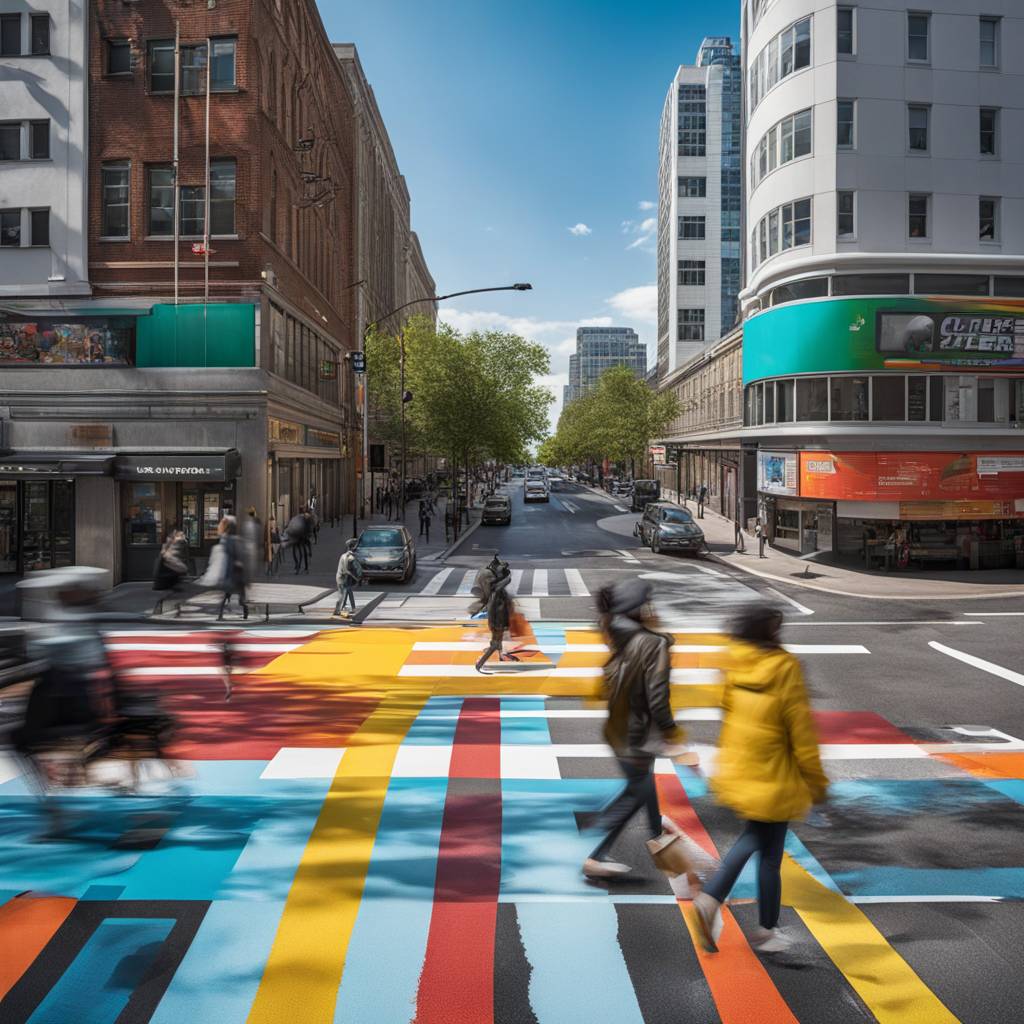A study conducted by researchers at Nanyang Technological University, Singapore (NTU Singapore) found that the use of cool paint coatings in cities can help pedestrians feel up to 1.5 degrees Celsius cooler, making urban areas more comfortable. These coatings contain additives that reflect the sun’s heat to reduce surface heat absorption and emission, thereby mitigating the Urban Heat Island effect where urban areas experience warmer temperatures than their surroundings. Most studies of cool paint coatings have been simulated or done on smaller scales, so this real-world study provides valuable insights.
The NTU researchers conducted a study in an industrial area in Singapore where they coated the roofs, walls, and road pavements to evaluate the effectiveness of cool paint coatings in reducing city heat. They found that the coated environment was up to two degrees Celsius cooler than an adjacent uncoated area, with pedestrian thermal comfort improving by up to 1.5 degrees Celsius. This improvement in thermal comfort was measured using the Universal Thermal Climate Index, which takes into account various environmental factors. Lead author Dr. E V S Kiran Kumar Donthu noted that cool paint coatings have an immediate effect on urban cooling and can reduce indoor air-conditioning energy consumption.
Associate Professor Wan Man Pun emphasized that the study’s findings are applicable not only to Singapore but to urban areas worldwide, particularly with the increasing effects of global warming. By validating cool paint coatings as a strategy to reduce the Urban Heat Island effect, the study supports NTU’s strategic plan to address sustainability challenges and translate research into innovative solutions. The study was published in Sustainable Cities and Society in March and highlights the importance of adopting cool paint coatings as a strategy for a cooler and more comfortable urban environment.
To conduct their real-world experiments, the NTU researchers selected four buildings in an industrial estate in Singapore to create two ‘street canyons’ where they could test the effects of cool paint coatings. One canyon was coated with cool paints, while the other remained uncoated as a control. Using environmental sensors, the researchers monitored various conditions over two months, including air temperature, humidity, radiation, and air movement. They found that the cool canyon experienced a significant reduction in heat released from built-up surfaces, leading to a cooler air temperature compared to the conventional canyon.
The study also revealed that roofs with cool paint coatings reflected 50% more sunlight and absorbed 40% less heat compared to conventional roofs during the hottest time of the day. The coated walls also prevented heat from entering industrial buildings, overall contributing to a cooler urban environment. Co-author Assistant Professor Ng Bing Feng highlighted the importance of cool paint coatings, especially on roads, in lowering temperatures during hot weather. The researchers plan to continue studying the long-term effects of cool paint coatings in the same experiment location, with support from JTC Corporation and Singapore’s Housing & Development Board.
The NTU study’s findings demonstrate the effectiveness of cool paint coatings in reducing city heat and improving thermal comfort for pedestrians. By reflecting sunlight and reducing heat absorption in roofs, walls, and roads, these coatings can significantly lower temperatures in urban areas. As urban areas face the challenges of global warming, cool paint coatings present a promising solution for creating a cooler and more comfortable environment. The researchers’ real-world experiments provide valuable insights that can inform urban planning decisions and contribute to sustainable strategies for mitigating the Urban Heat Island effect.













